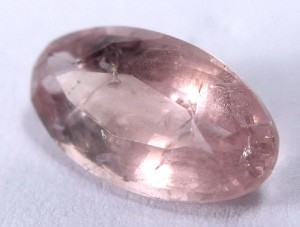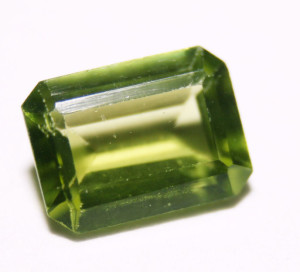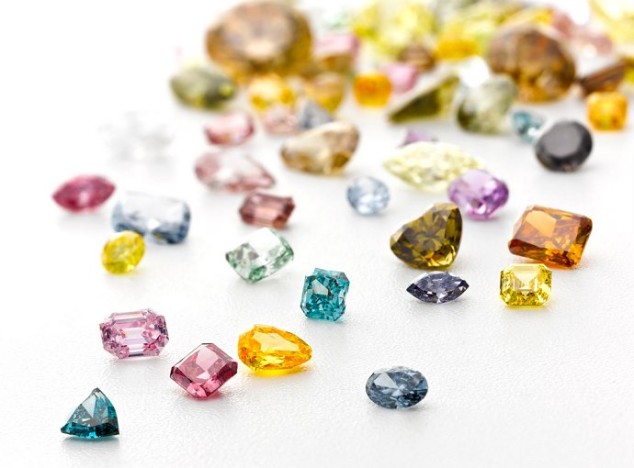What Does the Color of Diamonds Mean?
4 C’s
When experts examine diamonds, they are looking at four different aspects of the gem, called the 4 Cs. These are the color, cut, clarity, and carat of the diamond. The color of diamonds is the element that many laypeople simply do not understand, especially since many people who are looking at two diamonds might not be able to pick up the subtle color differences that an expert can see. The colorless diamonds, also called white diamonds, actually have varying levels of color in them. Diamonds that have a yellowish or brownish tinge to them are not as valuable as the diamonds that are truly clear and colorless.
Color of Diamonds
To determine the color quality of a diamond, the expert needs to look at it before it goes into a piece of jewelry though. When it is in a setting, the metal can actually make a clear diamond look as though it has a slightly different color. When they are in yellow gold, they might appear as though they have a yellow tint although it is just a trick of the light.
Experts will judge the color of the diamond based on a system set up by the Gemological Institute of America, or AGI New York . They have a grading system for diamonds that goes from D to Z. Those diamonds that have a score of D are extremely rare. It means that they are entirely colorless, and these are the most sought after of diamonds. The diamonds that have a Z grade would have a lot of unwanted color in them. Naturally, where the diamond falls in this grade will greatly determine the value of the diamond.
The diamonds rated D, E, and F are colorless. Those rated G, H, I, and J are nearly colorless, and K, L, and M have some color to them. It is usually slight but yellow. Most of the time, people can’t see the color with the naked eye. Diamonds graded N, O, P, Q, and R have a visible yellow tint to them. S through Z graded diamonds are visible as well, and they are noticeably worse. The diamonds that fall into that category may even take on a brown appearance. You may even be able to see the color difference when the diamond is mounted.
When you are choosing colored diamonds, try to understand What Does Diamond Mean to you? Always inspect the diamond and check the diamond report to see where it falls on this scale.








